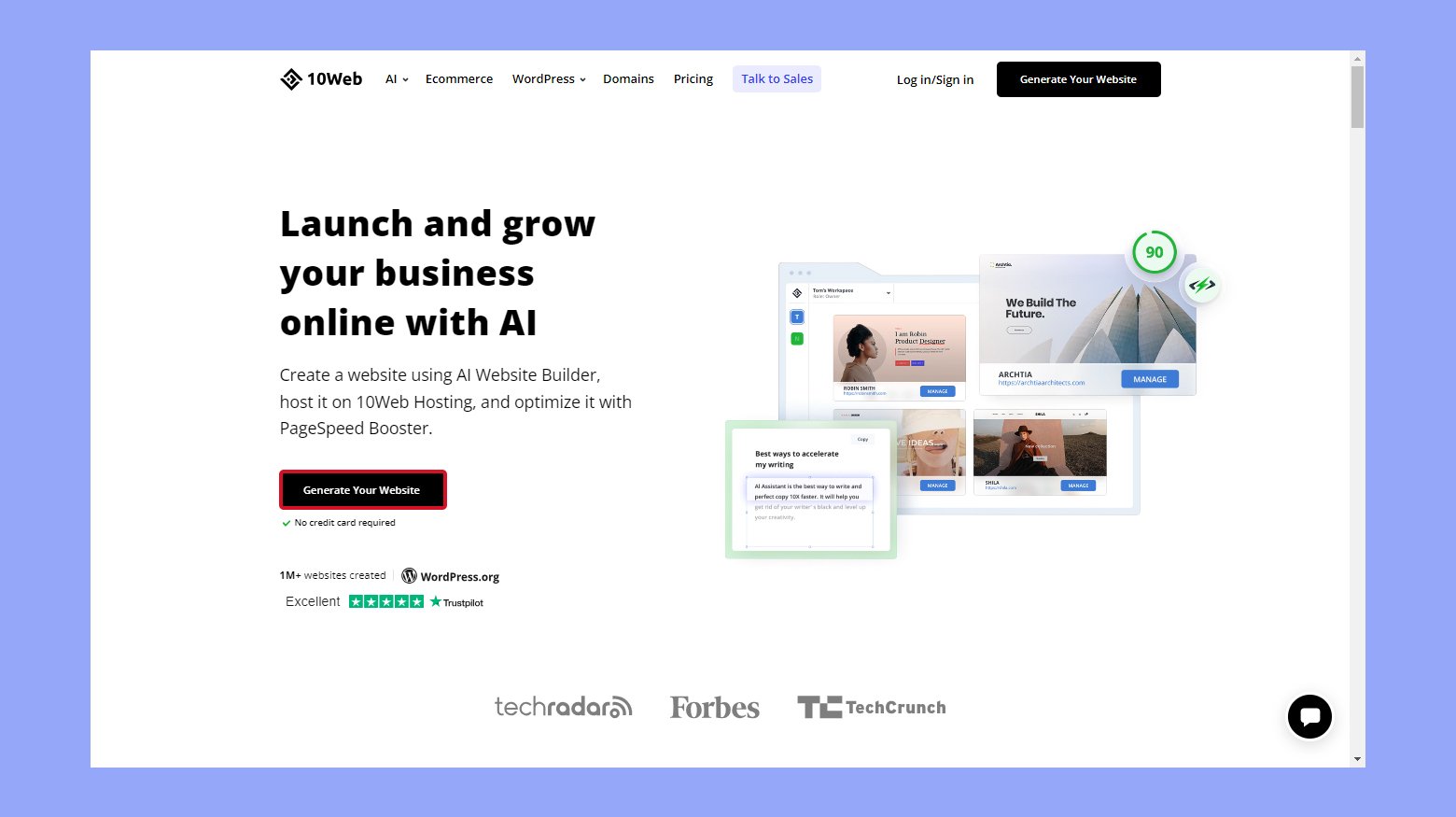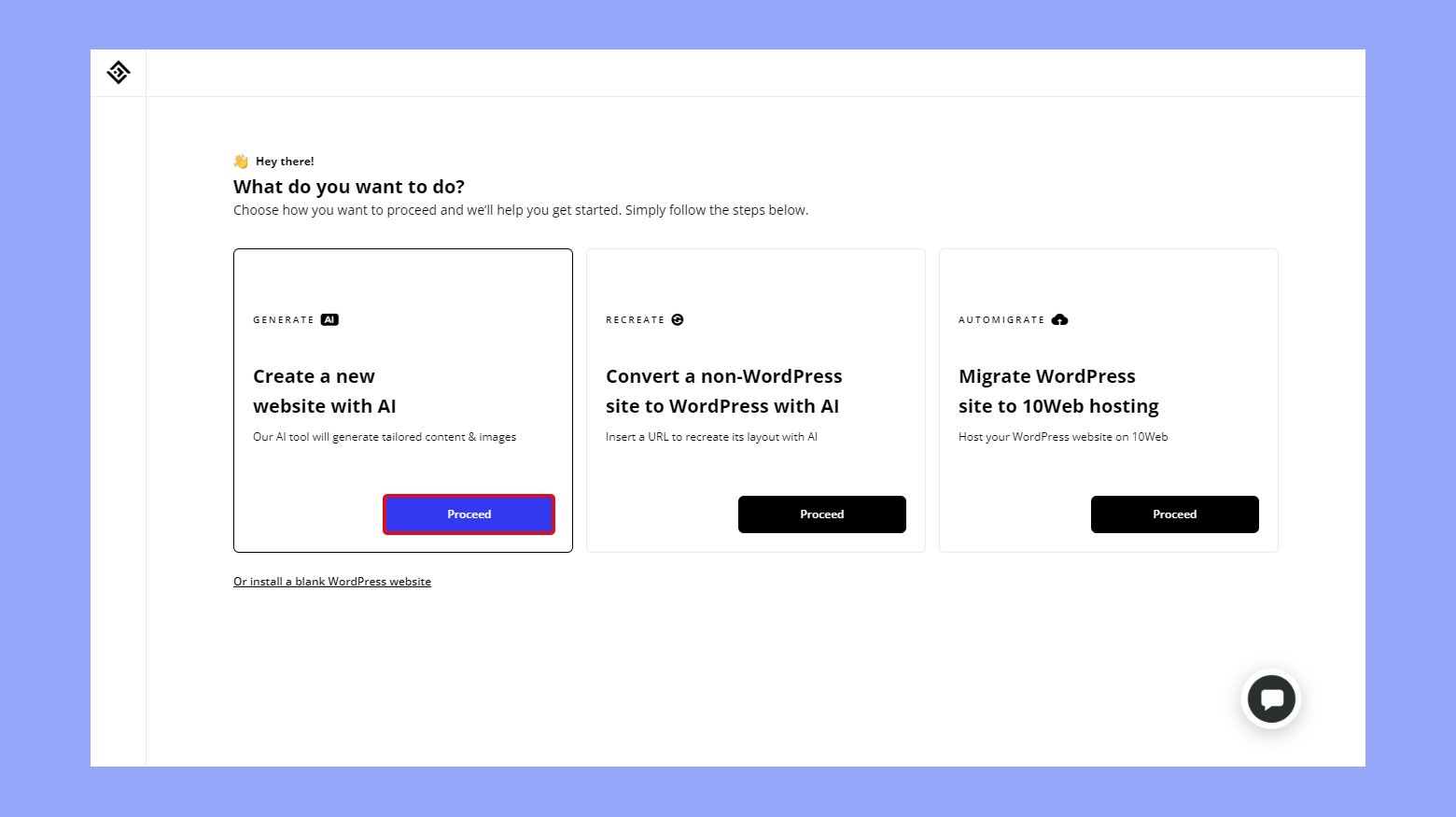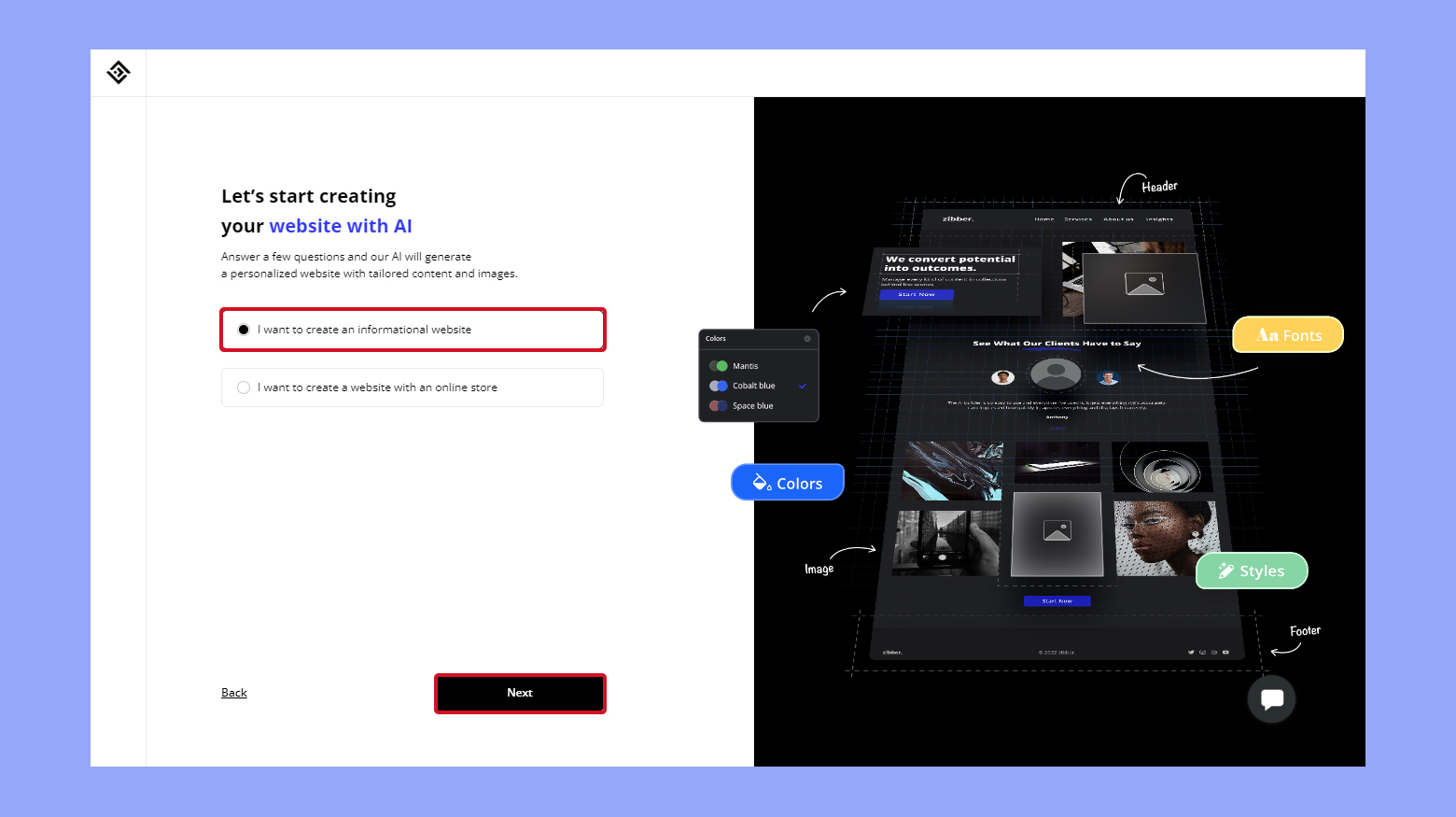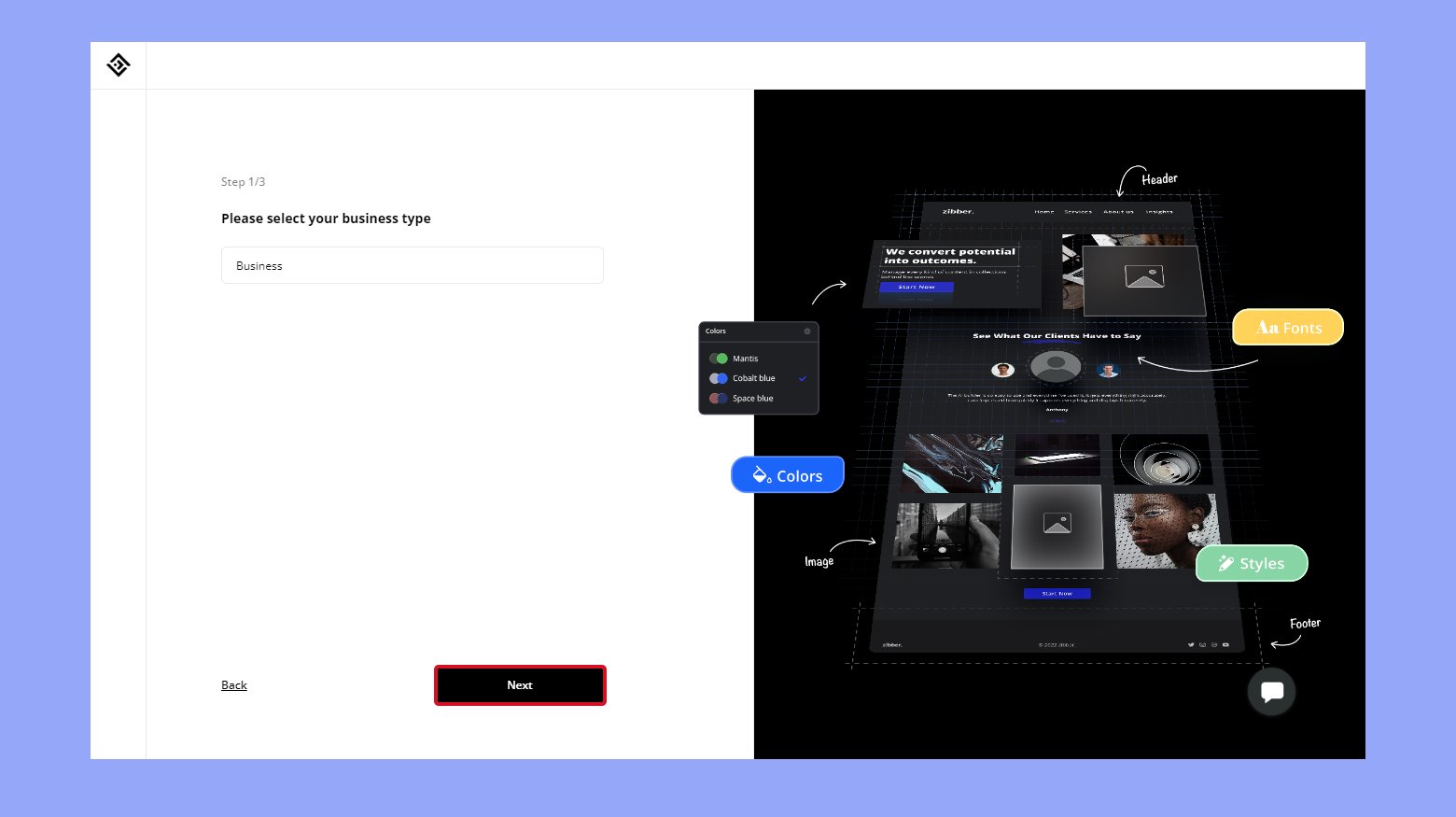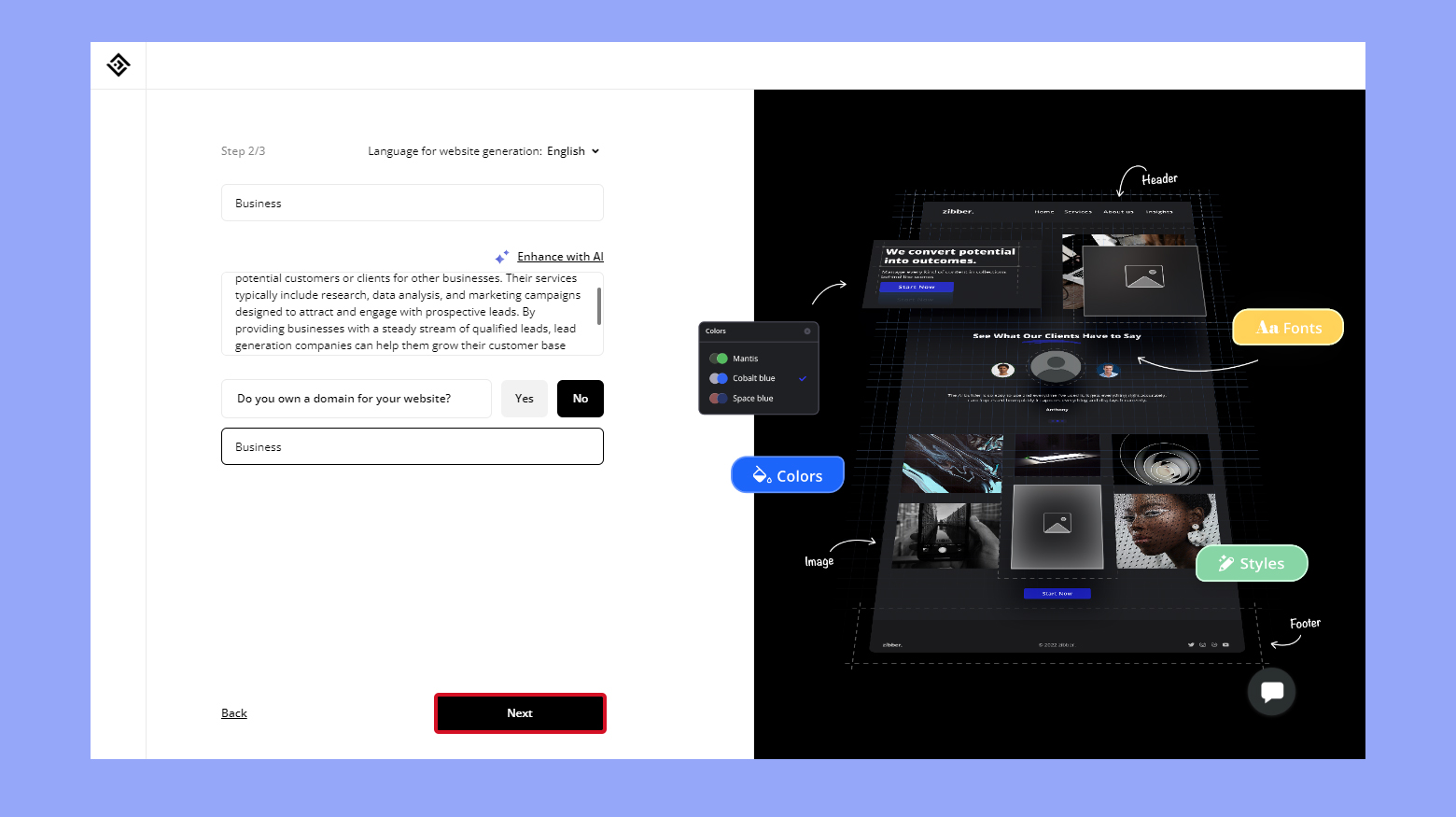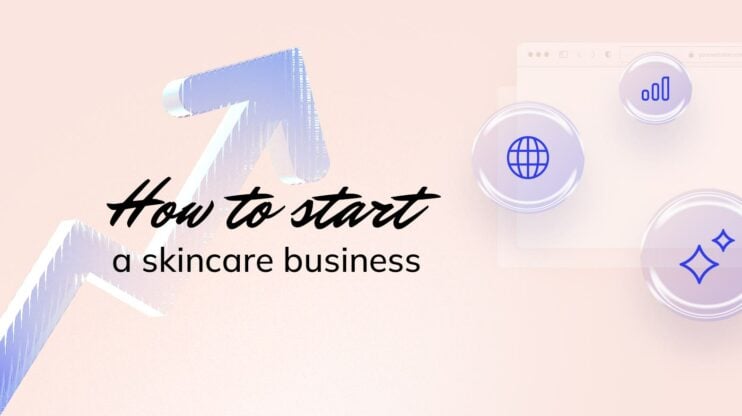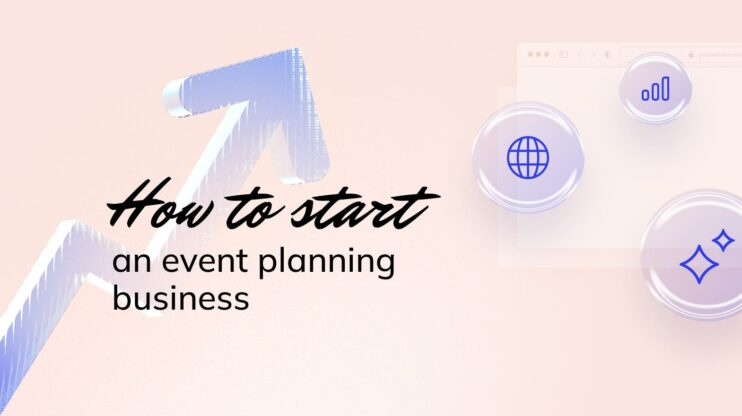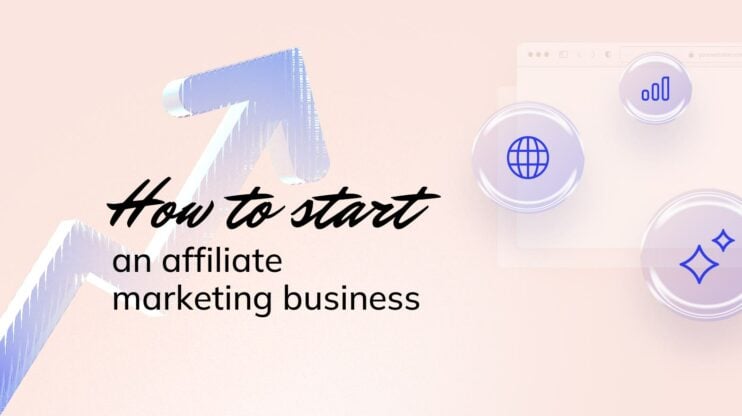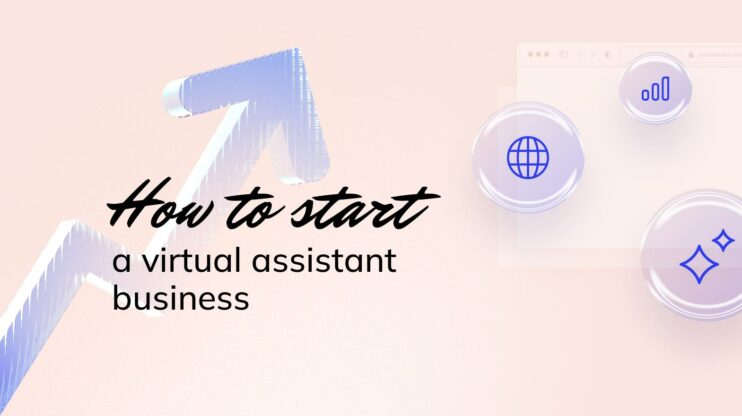To start a successful lead generation business, you need a clear grasp of what lead generation entails and why quality leads are essential.
Lead generation is the process of attracting and converting strangers into prospects. These prospects are potential customers who have shown interest in your product or service. You use various marketing strategies to capture their interest and collect their contact information.
Techniques like email marketing, content marketing, and social media advertising play a vital role. By targeting the right audience, you increase the chances of converting these prospects into paying customers. The goal is to continuously fill your sales funnel with new potential leads.
FAQ
Is a lead generation business profitable?
Yes, a lead generation business can be highly profitable. By providing quality leads to businesses in various industries, you can charge a premium for each lead. Success depends on effectively targeting the right audience and continuously optimizing your strategies to generate high-quality leads.
How to create a lead gen business?
To create a lead generation business:
- Identify your niche and target market.
- Build a professional website and establish a strong online presence.
- Use SEO, content marketing, and social media to attract prospects.
- Implement lead capture forms and call-to-actions.
- Use CRM tools to manage leads and automate processes.
- Continuously analyze and optimize your strategies.
How do you make money from lead generation?
You make money from lead generation by:
- Selling leads to businesses seeking new customers.
- Charging clients a fee for each qualified lead.
- Running pay-per-click (PPC) campaigns and earning through ad revenue.
- Offering subscription-based access to a database of leads.
How much do people pay for lead generation?
The amount businesses pay for lead generation varies widely based on industry, lead quality, and market demand. Typically, the cost can range from $20 to $300 per lead. High-value industries, like finance or real estate, may pay more for premium leads.
Create your custom online store in minutes with 10Web AI Ecommerce Website Builder and take your business online. 
Looking to sell online?
Stage 1: Planning your lead generation business
You need to focus on identifying your niche, analyzing the market, and setting a budget to effectively start your lead generation business. Each step requires careful consideration to ensure success.
Step 1: Identifying your niche
Choosing the right niche is crucial. A niche is a specific segment of the market that your business will target. To find your niche, think about the industries you know well or have expertise in. For example, if you have experience in real estate, you might target the real estate market.
Consider what problems you can solve for your clients and what services you can offer. Research your competitors to see what niches they are targeting. Make a list of potential niches, then narrow it down based on your interests, skills, and market demand.
Key Points to Consider:
- Industry knowledge
- Market demand
- Competition analysis
Analyzing the market
Understanding the market is essential before starting your business. This involves researching your potential clients, their needs, and how you can meet those needs. Look at the trends and challenges in your chosen niche.
Use surveys, interviews, and industry reports to gather information. Analyze your competitors to identify what they are doing well and where there may be gaps in the market. Create a SWOT analysis (Strengths, Weaknesses, Opportunities, Threats) to evaluate your position in the market.
Steps to Analyze the Market:
- Research industry trends
- Identify target clients
- Conduct competitor analysis
- Create a SWOT analysis
Step 2: Setting a budget and understanding expenses
Starting a lead generation business involves various costs. You need to set a budget to manage these expenses effectively. First, list your fixed costs (rent, utilities, software) and variable costs (advertising, commissions, contingencies).
Estimate your initial investment and ongoing monthly expenses. Look for ways to minimize costs without sacrificing quality. For example, you can use cost-effective marketing tools or negotiate better rates with suppliers. Keep a close eye on your cash flow to ensure your business remains financially healthy.
Common Expenses:
- Fixed costs: Rent, utilities, software licenses
- Variable costs: Marketing, advertising, commissions
- Initial investment: Office setup, equipment
- Ongoing expenses: Maintenance, updates, subscriptions
By carefully planning your niche, analyzing the market, and setting a realistic budget, you will be well-prepared to launch your lead generation business.
Step 3: Understanding legal and ethical considerations
Starting a lead generation business means you need to be aware of specific legal requirements and ethical practices. Making sure you adhere to GDPR standards and using ethical outreach methods are crucial for your success.
Navigating GDPR compliance
When handling personal data, it’s important to comply with GDPR, which stands for General Data Protection Regulation. This law protects the privacy of individuals in the EU and has strict guidelines.
First, learn what types of data your business collects and ensure you have consent to use it. Keep records to show that consent was obtained.
Next, create a clear privacy policy that explains how data will be used. Make it easily accessible and use simple language.
Also, you must provide options for people to withdraw consent. Have a process in place for data subjects to request access to their data or to delete it from your records.
Regularly review your data practices to stay compliant. Periodically check your processes to make sure they align with GDPR requirements.
Creating ethical outreach practices
Ethical outreach is about respecting your audience and maintaining trust. Begin by targeting leads who are likely to benefit from your services, avoiding spam tactics.
Be transparent in your communications. Clearly state who you are, why you are contacting them, and how you obtained their information.
Offer value from the start. Provide useful content or helpful advice to show that your outreach has genuine benefits for the recipient.
Follow a clear opt-out policy. Allow recipients to easily unsubscribe or opt-out from your communications.
Keep a record of your interactions. Documentation helps ensure you are following ethical guidelines and can resolve any disputes that arise.
By integrating these practices, you build a foundation of trust and compliance, essential for long-term success.
Create your custom online store in minutes with 10Web AI Ecommerce Website Builder and take your business online. 
Looking to sell online?
Stage 2: Building a strong online presence
A strong online presence is essential for your lead generation business. It involves developing a professional website, creating engaging content, and following SEO best practices.
Step 1: Developing your website
Your website is your business’s digital storefront. It’s important to make a good impression. Start by choosing a clean, professional design. Make sure it is mobile-friendly since many users will access it from their phones.
Your website should include clear calls to action (CTAs). Buttons like Contact Us or Get a Quote should be prominent. Include a form for lead capture on the homepage to gather potential client information easily.
To build trust, add testimonials from satisfied clients and a clear privacy policy stating how you use visitor data. Regularly update your website to keep it current and relevant.
Creating your website with 10Web
Starting your journey to a professional and effective website is simple with 10Web. Our platform guides you through each step, making the process straightforward and user-friendly. Follow these instructions to quickly create a new website tailored to your business needs.
To get started:
- Go to 10Web.io
- Click on Generate your website

- From the options, choose Create a new website with AI

- Choose to create an informational website

- Select your business type

- Fill in the name of your business and a short description. You can enhance the description using AI.
- Choose Yes to get a domain or click No if you have one already
- Enter your domain name if you have chosen No (optional).
- Click Next

- Set the 3 main services/ products. This section is pre filled by AI, however, you can edit it as needed
- Click Generate to create your website

Content creation and blog posts
Creating valuable content is key to attracting and retaining visitors. Start a blog to share informative articles about your niche. This establishes you as an authority in your field.
Write blog posts that address common questions or problems your audience faces. Use an engaging and friendly tone to connect with your readers.
Incorporate visuals like images or infographics to make posts more attractive. Offer guides, how-tos, and case studies. Consistency is important, so set a schedule to update your blog regularly. This keeps readers coming back and helps with SEO.
Step 2: SEO best practices
Search engine optimization (SEO) helps your website rank higher on search engine results pages (SERPs). Higher rankings mean more visitors to your site.
Start by doing keyword research to find terms your potential clients are searching for. Use tools like Google Keyword Planner to help. Incorporate these keywords naturally into your website content, including titles, headers, and meta descriptions.
Make sure your site is fast and easy to navigate. Search engines favor websites that provide a good user experience. Regularly update your content and fix any broken links. Use alt text for images to help with search visibility.
By following these steps, you can create a strong online presence that attracts and converts leads effectively.
Step 3: Utilizing social media platforms
When you’re starting a lead generation business, social media can be a powerful tool. Focusing on platforms like Facebook, Instagram, and LinkedIn can help you reach different audiences with tailored strategies.
Marketing on Facebook and Instagram
Facebook and Instagram are essential for targeting a large audience. With billions of active users, they provide an expansive ground for generating leads.
- Create engaging content: Use images, videos, and stories that resonate with your audience.
- Use ads: Implement paid campaigns targeting specific demographics.
- Retargeting: Engage visitors who’ve interacted with your content but haven’t converted.
- Optimize landing pages: Ensure they’re mobile-friendly and aligned with your ads.
- Interact with followers: Respond to comments and messages to build trust.
Implementing these steps can significantly boost your lead generation on both platforms.
Leveraging LinkedIn for B2B leads
LinkedIn is perfect for generating B2B leads due to its professional user base.
- Complete your profile: Make sure your business profile is fully detailed and professional.
- Join relevant groups: Participate in groups where your target audience is active.
- Publish quality content: Share articles, eBooks, and posts that add value to your connections.
- Use LinkedIn Ads: Target specific industries or job titles with LinkedIn’s advertising tools.
- Network: Connect with prospects and engage through messages.
Focusing on these methods will help you tap into LinkedIn’s potential for high-quality B2B lead generation.
Create your custom online store in minutes with 10Web AI Ecommerce Website Builder and take your business online. 
Looking to sell online?
Stage 3: Effective sales and marketing strategies
Creating a successful lead generation business involves crafting a strategic plan and implementing methods to attract and convert potential customers. Here are the steps to achieve this:
Step 1: Lead generation strategy
Creating a successful lead generation strategy is essential for attracting and converting high-quality prospects.
The importance of quality leads
Not all leads are the same. Quality leads are those with a high chance of converting into customers. They have shown genuine interest in your offerings and match your ideal customer profile.
High-quality leads save time and resources as they are more likely to engage with your sales efforts. Focus on targeting your marketing efforts to attract prospects who are genuinely interested. This can lead to better conversion rates and a higher return on investment (ROI) for your business.
Examine business goals: Start by understanding your business goals. Define what success looks like for your lead generation efforts.
Identify target audience: Know who your ideal customers are. This helps tailor your strategies to meet their needs and capture their interest.
Content creation: Develop compelling content to attract leads. Utilize various forms like blog posts, videos, and eBooks.
Leverage data: Use existing data to understand which type of content and strategies already work. Focus on improving what’s effective.
Automate: Invest in tools that help automate processes. This saves time and ensures consistency.
Driving traffic and generating interest
SEO and content marketing: Optimize your website and create high-quality content that answers common questions from your target audience. This helps in ranking higher on search engines and driving organic traffic.
Social media: Use social media platforms to share your content and engage with potential leads. This creates visibility and trust.
PPC advertising: Set up pay-per-click advertising campaigns to get immediate traffic. Target specific keywords and demographics to ensure you reach interested prospects.
Email marketing: Build an email list and send relevant content to nurture relationships with potential leads.
Interactive tools: Implement chatbots and other interactive tools on your website. These can engage visitors and convert them into leads by answering questions and providing recommendations.
Step 2: Advertising
Advertising is crucial for your lead generation business. It helps you reach potential clients faster and more efficiently. Understanding tools like Google Ads and how to measure ROI will enhance your strategy.
Using Google Ads and paid campaigns
Google Ads are effective for reaching a wide audience. Start by creating targeted campaigns focusing on specific keywords and demographics. This ensures that your ads appear to people who are most likely to be interested in your services.
Use tools like Google Ads Keyword Planner to pick the right keywords. A/B testing different ad copies and visuals will help find what works best. Setting a clear budget and monitoring your spend ensures that you don’t overspend.
Paid campaigns, like those on social media, can complement your Google Ads. Platforms like Facebook and LinkedIn offer detailed targeting options. Regularly check analytics to tweak your campaigns for better performance.
Evaluating return on investment (ROI)
Evaluating the ROI of your advertising efforts is essential. Start by tracking conversions from each ad campaign. Use platforms like Google Analytics to measure how many leads are generated.
Calculate the cost per lead by dividing the total spend by the number of leads generated. This helps you understand if a campaign is profitable. Regularly reviewing this data ensures you are not wasting money on ineffective ads.
Also, look at the quality of leads. Sometimes, a lower cost-per-lead doesn’t mean better leads. Ensure the leads are converting into clients. Adjust your campaigns based on these insights to improve your ROI over time.
Step 3: Conversion optimization techniques
To make the most out of your lead generation business, focusing on optimizing your conversion rates is key. Techniques such as creating effective landing pages and improving conversion rates can dramatically impact your success.
Landing pages that convert
Landing pages play a crucial role in conversion. They should be simple yet engaging. Start with a clear and compelling headline that directly addresses what the visitor will gain.
Here are steps to optimize your landing pages:
- Use concise content: Only include essential information. Avoid clutter.
- Add a strong call-to-action (CTA): Make buttons like “Get Started” or “Sign Up Now” stand out.
- Include visuals: Use relevant images or videos to grab attention.
- Trust signals: Add testimonials or trust badges to build credibility.
By combining these elements, you create a seamless experience that drives conversions.
Improving conversion rates
Improving conversion rates involves analyzing your current strategy and making data-driven changes. Start by looking at your visitor behavior through tools like Google Analytics.
Key steps to boost your conversions include:
- A/B testing: Experiment with different page elements such as headlines, images, and CTAs to see what resonates most.
- Personalize your outreach: Use data to tailor messages and offers to individual visitors.
- Optimize your forms: Simplify forms, asking only for necessary information. Consider using a tool like HubSpot.
- Mobile optimization: Ensure your site and forms are mobile-friendly, given the high mobile traffic.
By making these adjustments and continuously monitoring your data, you can significantly improve your conversion rates.
Create your custom online store in minutes with 10Web AI Ecommerce Website Builder and take your business online. 
Looking to sell online?
Step 4: Lead management and CRM tools
Efficient lead management involves organizing and tracking leads, while CRM tools help streamline this process. By choosing the right CRM and implementing lead scoring and pipeline management, you can improve your lead generation business.
Choosing the right CRM
Choosing the right CRM (Customer Relationship Management) tool is essential for managing your leads effectively. A good CRM stores all customer data in one place, making it accessible to your entire team.
Look for a CRM that integrates with your existing tools, like email software and form builders. Integration makes it easier to capture leads directly from your forms and leads.
Workflow automation is another key feature to consider. Automation handles repetitive tasks like tagging, assigning, and scoring leads, which saves you time and reduces human error.
Analytics and reporting features allow you to monitor your campaigns and understand which lead sources are the most effective. This helps in making data-driven decisions to improve your strategies.
Lead scoring and pipeline management
Lead scoring and pipeline management are crucial for prioritizing leads and moving them through the sales funnel. Lead scoring assigns a value to each lead based on their behavior and interactions with your business.
Use criteria like website visits, email engagement, and content downloads to score leads. Higher scores indicate leads that are more likely to convert, helping your sales team focus their efforts on the most promising prospects.
Pipeline management involves tracking leads through different stages of engagement. Set up stages in your CRM, like New Lead, Contacted, and Qualified. Move leads through these stages as they progress.
Regularly review your pipeline to identify bottlenecks and optimize your process. This helps ensure leads don’t get stuck and continuously move toward conversion.
By effectively implementing lead scoring and pipeline management, you can better manage your leads and enhance your business success.
Step 5: Automation and AI in lead generation
Implementing automation and AI in your lead generation business can enhance efficiency and results. These technologies reduce repetitive tasks and enable more targeted and data-driven strategies.
Implementing automation software
Automation software streamlines your lead generation by handling repetitive tasks. For instance, it can automatically send welcome emails to new leads or follow-up messages after a specific period. This consistency ensures that no lead is overlooked.
Set up triggers based on specific actions. If a potential lead visits certain pages on your website, an automated email can be sent to provide more information. This proactive approach keeps your leads engaged without requiring constant manual effort.
CRM (Customer Relationship Management) systems also help automate routine tasks. By integrating CRM with other tools, you can automate data entry, ensuring your team spends more time interacting with clients rather than updating records.
In addition, marketing automation software can track user behavior on your site. Automation lets you continuously nurture leads, providing them with relevant content based on their interests and actions.
Harnessing AI for lead generation
Artificial Intelligence (AI) takes lead generation to the next level. AI is used to analyze large datasets, identifying patterns and predicting which leads are most likely to convert. This helps prioritize your outreach efforts.
Chatbots are an essential AI tool in lead generation. They interact with website visitors in real-time, answering questions and gathering information about potential leads. This instant engagement ensures no lead slips through the cracks.
Additionally, AI can customize your marketing messages. By analyzing a lead’s previous interactions with your brand, AI can tailor email content to match their preferences and needs, increasing the chances of conversion.
AI-powered analytics provide insights into what strategies are working best. Rapidly adjusting your approach based on data-driven insights allows for continuous improvement in your lead generation efforts.
Moreover, AI simplifies the process of qualifying leads. Using predictive analytics, AI can help pinpoint leads that are worth pursuing, saving time and resources for your sales team.
Step 6: Outreach and nurturing client relationships
Effective outreach and relationship-building are essential to start and grow a lead generation business. Master techniques for cold emails and calls, and learn how to nurture leads into loyal clients.
Mastering cold email and cold call techniques
Reaching out to potential clients is a critical step. In a cold email, keep it short and personalize the message. Mention a specific problem they face and how you can solve it. Use a strong subject line to grab attention.
When cold calling, prepare a script but don’t read it verbatim. Ask open-ended questions to learn more about their needs and challenges. Listen carefully and respond thoughtfully.
Steps for success:
- Research your target audience.
- Create a personalized email template.
- Write engaging subject lines.
- Develop a flexible cold call script.
- Practice and refine your approach.
The art of nurturing leads
Nurturing leads is about building trust. Follow up regularly but avoid being pushy. Provide valuable information through newsletters, blog posts, or case studies.
Personalize your communications by addressing specific needs and concerns of each lead. Use a CRM system to keep track of interactions and tailor your follow-ups.
Steps to nurture leads:
- Send regular follow-ups with new insights.
- Share useful content.
- Use customer relationship management (CRM) tools.
- Address specific concerns in your messages.
- Be consistent and patient in your efforts.
Conclusion
In this comprehensive guide, we’ve discussed the essential steps to start and grow a successful lead generation business. From understanding the importance of quality leads and selecting your niche to creating a strong online presence and mastering sales strategies, each stage is crucial. You’ve also discovered how to leverage legal and ethical practices, utilize SEO and social media, and harness the power of automation and AI.
Using these steps, you can effectively attract and convert prospects, ensuring a steady stream of high-quality leads, which ultimately increases your business’s profitability and growth potential. This knowledge equips you with the tools to build a sustainable and efficient lead generation business, poised for long-term success.




